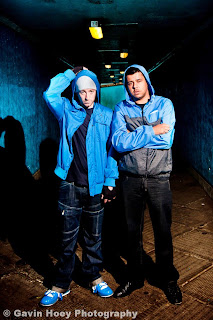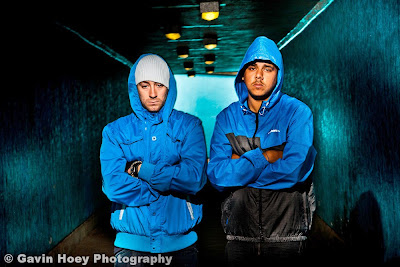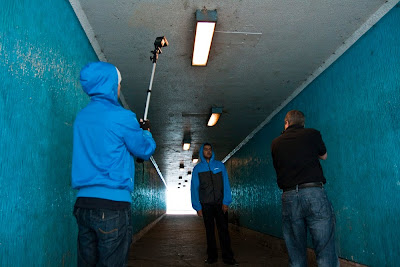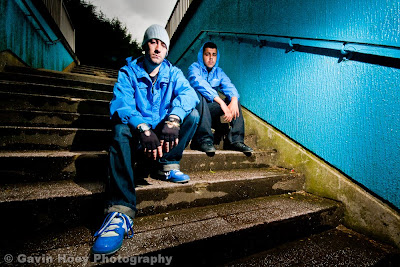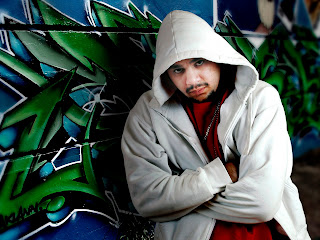.jpg) Have a look at this image, can you see the join? Click the image to enlarge it, if it helps. It’s made using a system called chroma key, which you may know as blue screen or green screen. You’ve seen chroma key at work before. It’s used widely on TV shows, in news interviews and weather reports, and all the time in the movies from the biggest sci-fi blockbusters right down to the tiny home spun amateur flicks.
Have a look at this image, can you see the join? Click the image to enlarge it, if it helps. It’s made using a system called chroma key, which you may know as blue screen or green screen. You’ve seen chroma key at work before. It’s used widely on TV shows, in news interviews and weather reports, and all the time in the movies from the biggest sci-fi blockbusters right down to the tiny home spun amateur flicks.I’ll put the original image at the end of the post.
If you want to try this yourself all you'll need is a blue or green background and either a lot of hours in Photoshop or download my free chroma key action.
To be honest you probably will need more then this action. Getting a good extraction is as much about getting a good shot in camera as it is about Photoshop skills. Hair is always a problem and if it’s long blond hair it’s vital that the original photograph is perfectly lit and correctly exposed. My number one chroma key tip is… always get the model to wear a hat. OK, that’s a bit tongue in cheek but there is a grain of truth in there.
Getting back to Photoshop, I’ve tried many techniques to make a quick, clean extraction in Photoshop. I loved Photoshop’s Extract Filter, but sadly Adobe didn’t and removed in in Photoshop CS4. Photoshop CS5 has a vastly improved masking system for selecting hair, which looks very promising, although I’ve yet to explore it in detail.
I’ve also used 3rd party Photoshop plug ins for chroma key and after trying quite a few demo version I settled on Primatte from Digital Anarchy as the most powerful and straight forward tool I could find.
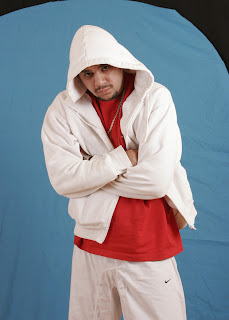.jpg)
The trouble was which ever system I used to cut out the blue or green background it always took time, particularly if I needed to work on a whole batch of images. To speed things along a little, I made an action which does a pretty good job of removing either blue screen or green screen from an image. It’s far from perfect but it gives a very quick and dirty way of see how the cut out will look.
The action is roughly based on a Dave Cross & Layers Magazine technique. Read the full article here


